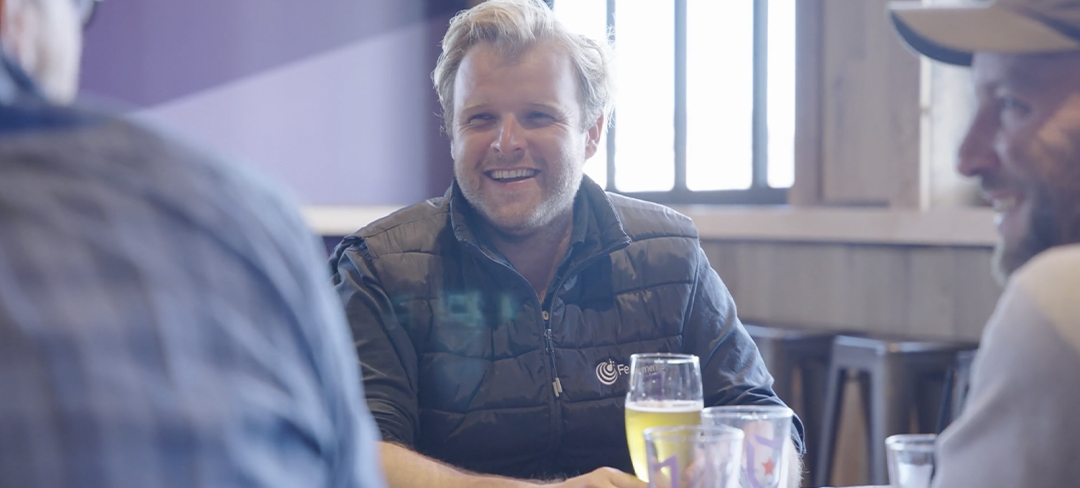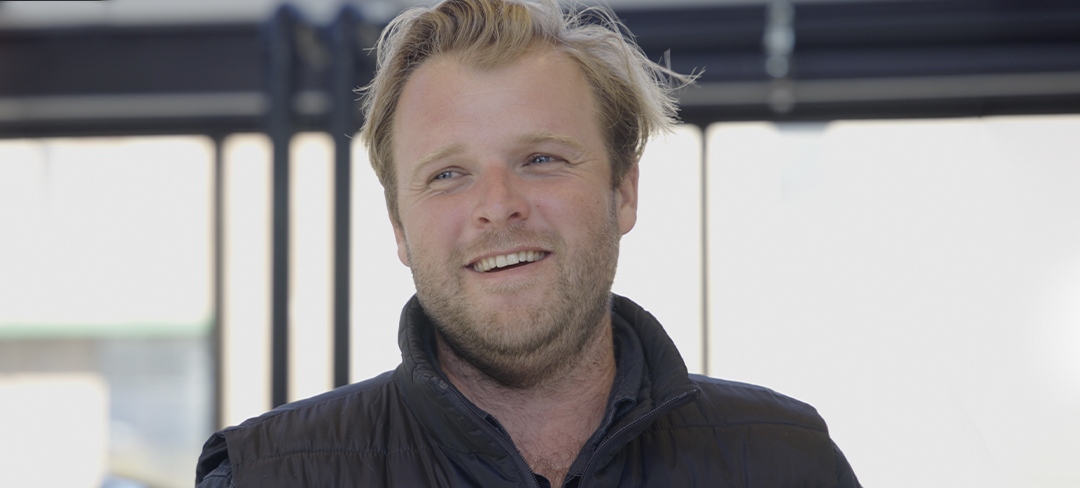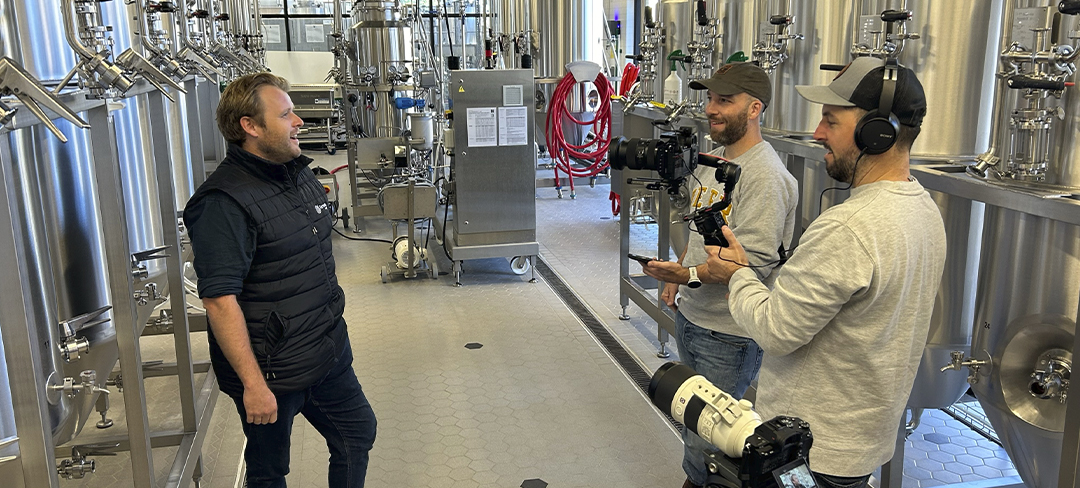Talking Yeast with Olaf Morgenroth, Head Brewer at Fermentis

Hello! What’s flocculating?
Please welcome Olaf Morgenroth to the BSG Blog. Originally from Germany, Olaf started his brewing career in 2014 in Franschhoek, South Africa. In 2022, he joined the Fermentis Academy in Lille, France, as Head Brewer. During his time in the industry, Olaf has become intimately familiar with yeast and fermentation.
When he isn’t conducting research and development on new yeast strains or evaluating their performance in the lab and in commercial settings, Olaf’s flying across continents to attend Master Brewers Association conferences and sample well-made lagers and Hazy IPAs all over the globe.

Last month, our friends at Fermentis were kind enough to send Olaf through the Rahr Technical Center in Shakopee, Minnesota. Here’s what went down during his visit, which has been edited for clarity and length.
BSG: Hey Olaf! Tell us what you do at Fermentis.
Olaf: As the Head Brewer at the Fermentis Academy, I oversee the daily operations of our brewery and our labs.
BSG: What’s the brewery like back at the Academy?
Olaf: We have a 20-hl brewhouse with forty 1-hl fermenters, eight 10-hl fermenters and two 40-hl fermenters, so fifty fermenters in total. This allows us to start with the same wort for all that we do, ensuring consistency. From there we can adjust things like pH, temperature, yeast strain, and more, allowing us to really understand how the yeast performs and changes under different parameters.

We also have a Meura mash filter, which has been life changing. We don’t have a classic lauter tun, and this gives us incredible efficiency and flexibility. Essentially, we are able to filter anywhere from 100L to 2,500L, which is not something you can do with a fixed size lauter tun.
BSG: How’d you wind up working in beer?
Olaf: It was during my post grad, in South Africa. I got together with a few friends, and we started a brewing club at the university. Obviously, being a poor student, we were thinking of ways to save money; making our own beer sounded like a logical choice. It was during that time I discovered I had a real passion for beer and brewing in general. After I finished my studies, I started interning at breweries to try and get some experience.

BSG: What was the first beer that made you say “Woah”?
Olaf: A barrel-aged Imperial Stout. Woodstock Brewery in South Africa made [one] named Sugarman. Just a big, big, heavy, heavy beer aged in bourbon barrels. Completely different from anything I’d had in the past.
BSG: Do you have any superpowers?
Olaf: I think making beer is a good superpower to have. I really enjoy making lagers and malt-forward beers, specifically German-style lagers such as Märzens. I enjoy IPAs as well, but in terms of drinkability, German-style lagers are my favorite.

BSG: What’s the single most important thing for ensuring a successful fermentation?
Olaf: Keep the yeast happy! Happy yeast, at the end of the day, is the most important thing for a successful fermentation. I’m sure you’ve heard this saying: Brewers don’t make beer. Yeast makes beer. Brewers merely create an environment for yeast to thrive and make good beer.
I think if you create a fantastic environment for the yeast and you use Fermentis Active Dry Yeast, you are pretty much guaranteed a good fermentation.
BSG: What would you tell a brewer who’s never used Fermentis Active Dry Yeast?
Olaf: Before joining Fermentis, 80 percent of the yeast we used at my previous brewery came from Fermentis. I relied on it for its consistency, and each batch was similar in terms of fermentation.
Additionally, we haven’t seen much benefit to rehydrating the yeast rather than pitching directly. If your brewery isn’t set up for consistent, sterile rehydration, direct pitching makes a lot of sense. You can cut out a lot of risk and extra work. [Ed. Note: such as boiling water, letting it cool, climbing up to the top of the FV, opening it up to add yeast, etc.].
At the end of your brew day, with direct pitching, you can put in your yeast and almost forget about it. I like to pitch the yeast right at the beginning of wort transfer, mixing it in naturally.

BSG: What three words best describe Fermentis Active Dry Yeast?
Olaf: Quality. Consistency. Ease of use.
Working in a brewery, you want to make your life and your brewing process as easy and uncomplicated as possible. Our direct-pitch E2U™ is reliable and consistent from batch to batch.
BSG: Is it true that if you make a wish while pitching E2U™ directly into wort, the wish will come true?
Olaf: I think it depends on what you wish for. if you wish for a good solid fermentation, then yes, I definitely think so!
BSG: Thanks for visiting and sharing your time with us, Olaf! Happy brewing!
To learn more about Fermentis Active Dry Yeast and how it can help you make great beer while saving you time and money, click here or contact your BSG rep.
